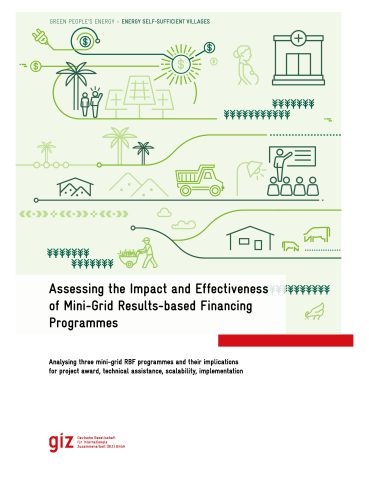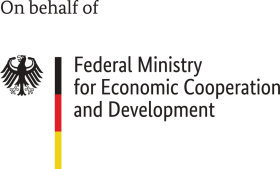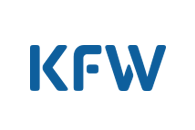How to design RBF programmes for mini-grids – study available

Results-based financing (RBF) is a popular means of increasing the effectiveness of public financing in a wide range of markets. Disbursing funds upon achievement of results (e.g. number of systems installed or households connected) encourages innovation and flexibility, which can result in quicker implementation times and lower costs. This benefits all partners involved. So far so good, when it comes to theory. For mini-grids, the jury is still out. Governments and development partners are continuously adapting their approaches and still learning how best to design RBF programmes, especially in less developed markets.
In late 2021, the programme for Energy Autonomous Villages (Energieautarke Dörfer, or EAD), funded by the German Federal Ministry for Economic Development and Cooperation (BMZ), launched three projects in Benin, Togo and Madagascar to construct new mini-grids using RBF. Each country applied different RBF methods, under the broader RBF term, such as performance based grants, minimum subsidy tenders or minimum cost tenders. The projects ran as pilots to draw conclusions for further potential up-scaling.
A detailed study is now available and assesses the impact and effectiveness of these three projects and compares results to other RBF programmes implemented by development partners. The study identifies best practices for future RBF mini-grid projects and sheds light on the most important lessons learned.

As Sander Maebe, GIZ EAD-coordinator, says about the study, “Even though the EAD projects were in their initial phases of implementation when the interviews were held, the lessons are timely and pertinent. They reflect the current ongoing debate – and are meant to contribute to sector knowledge.” He adds, “The insights can also be of use to the larger RBF-facilities we have been cooperating with like the CEI Africa Foundation or the Universal Energy Facility (UEF).”
Key recommendations of the study include:
- Choosing the right procurement method has to be in line with the regulatory framework and has to fit into the rural electrification planning and objectives.
- Providing a number of instalments as milestone payments over time – instead of one payment for the final result in the end – is necessary for project developers to generate minimum cash-flow during the implementation stage.
- Additional pre-financing instruments, such as forgivable loans, are important to unlock the full potential buy-in of the private sector.
- In-country technical assistance is crucial when implementing RBF projects to guarantee effectiveness.
- A one-size-fits-all approach cannot work well given the different market conditions in each country. A country-specific RBF design is recommended to fully allow the breakthrough of the benefits of a mini-grid RBF approach.





